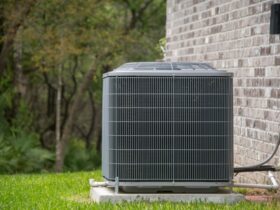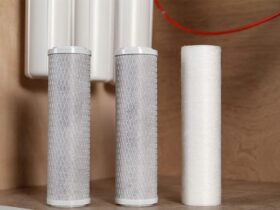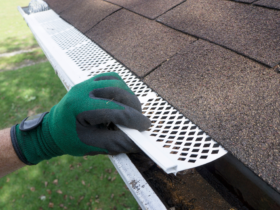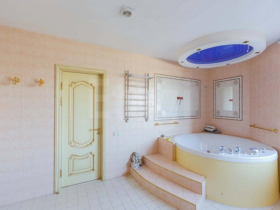Buying that first dishwasher or upgrading your refrigerator to include automatic ice maker means running a water line. More often than not, water lines for these types of appliances are run off the existing lines under the kitchen sink. When that is not the case, the job is a little more difficult.
This post will illustrate how to run a water line from under the sink using the most common materials found at retail hardware stores. Salt City Plumbing, a Salt Lake City, Utah plumbing company, says that if your installation is a more complicated than what is described here, you may want to bring in professional help.
- Assembling Your Materials
The first thing you will need to do is assemble your materials based on your existing plumbing. You could run a copper line, but PEX tubing is more common in this day and age. Note that you’ll need to know the diameter of the line you’ll be tapping into. Tapping into copper requires a saddle valve. Tapping into PEX tubing dictates you’ll be using a T-connector and shut-off valve. Your basic list of materials will include:
- new PEX tube
- T-connector
- shut-off valve (can be integrated with T-connector or separate)
- end fitting (connects to your appliance).
As long as you know the diameter of the line you are tapping into and the size of the fitting on your appliance, a hardware store sales rep can guide you to the right fittings and tube.
- Determine the Best Route
With supplies in hand, you will need to determine the best route for the line. The goal is to make the route as direct as possible while avoiding obstructions. You want to avoid any possibility of crimping the water line as well. Also, planning a route involves drilling a hole in the side of the kitchen cabinet. You are better off making that hole as perpendicular to the tap site as possible.
- Shut off the Water and Go
With supplies in hand and your route planned, it is time to get to work. Shut off the water to start. Incidentally, you’ll be tapping into the hot water line for a dishwasher and the cold water line for an ice maker. No need to shut off both lines; just the one you are working on is sufficient.
Next, drill the hole in the chosen location. Then cut the existing PEX water line at the appropriate spot. If you are tapping into copper, do not cut the line. This is where you install your saddle tap. Just attach it to the copper with the built-in-coupling and then drive in the taps screw by turning the valve clockwise.
Getting back to a PEX installation, you can now insert your T-connector into both ends of the cut PEX tube. Use the accompanying rings to make a tight connection. Note that the rings are not properly crimped until you hear them click. Once that’s done, repeat the same process to connect your new water line to the open end of the T-connector.
Finally, connect the other end of the water line to the end fitting, run the line through the hole you drilled, and connect it to the appliance via the threaded connector. Then turn the water back on and check for leaks. That’s it, you’re done.
Things like PEX tube and shark bite fittings have made running new water lines for kitchen appliances fairly easy. Though you can pay professionals to do the work for you, running a new water line is a simple job you can do on your own.




























Leave a Reply